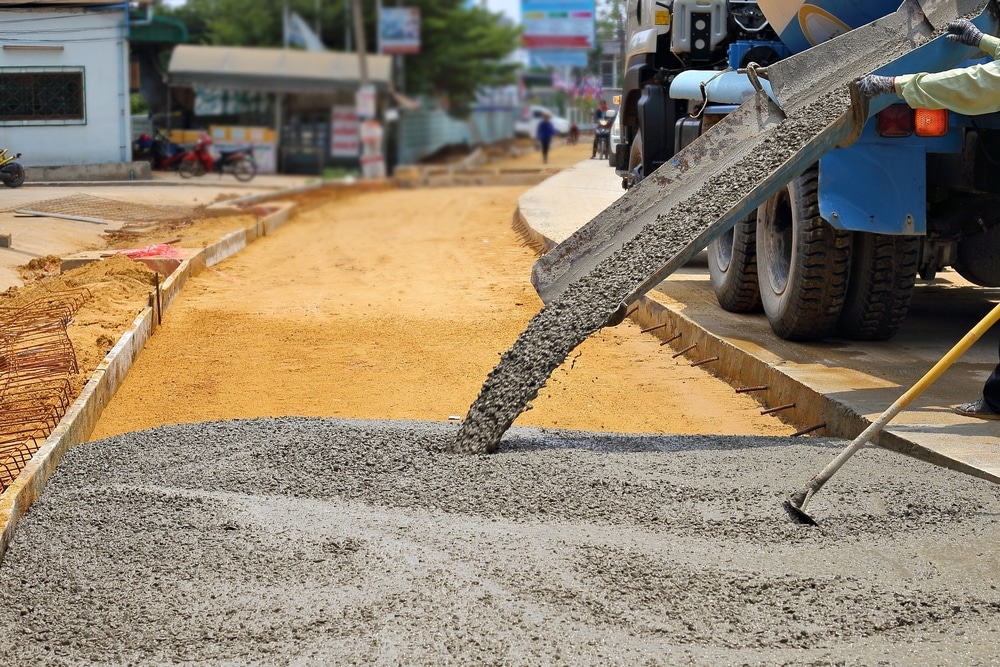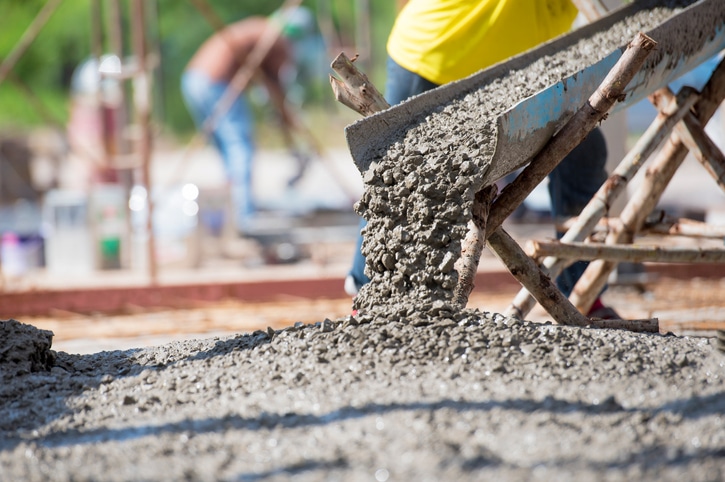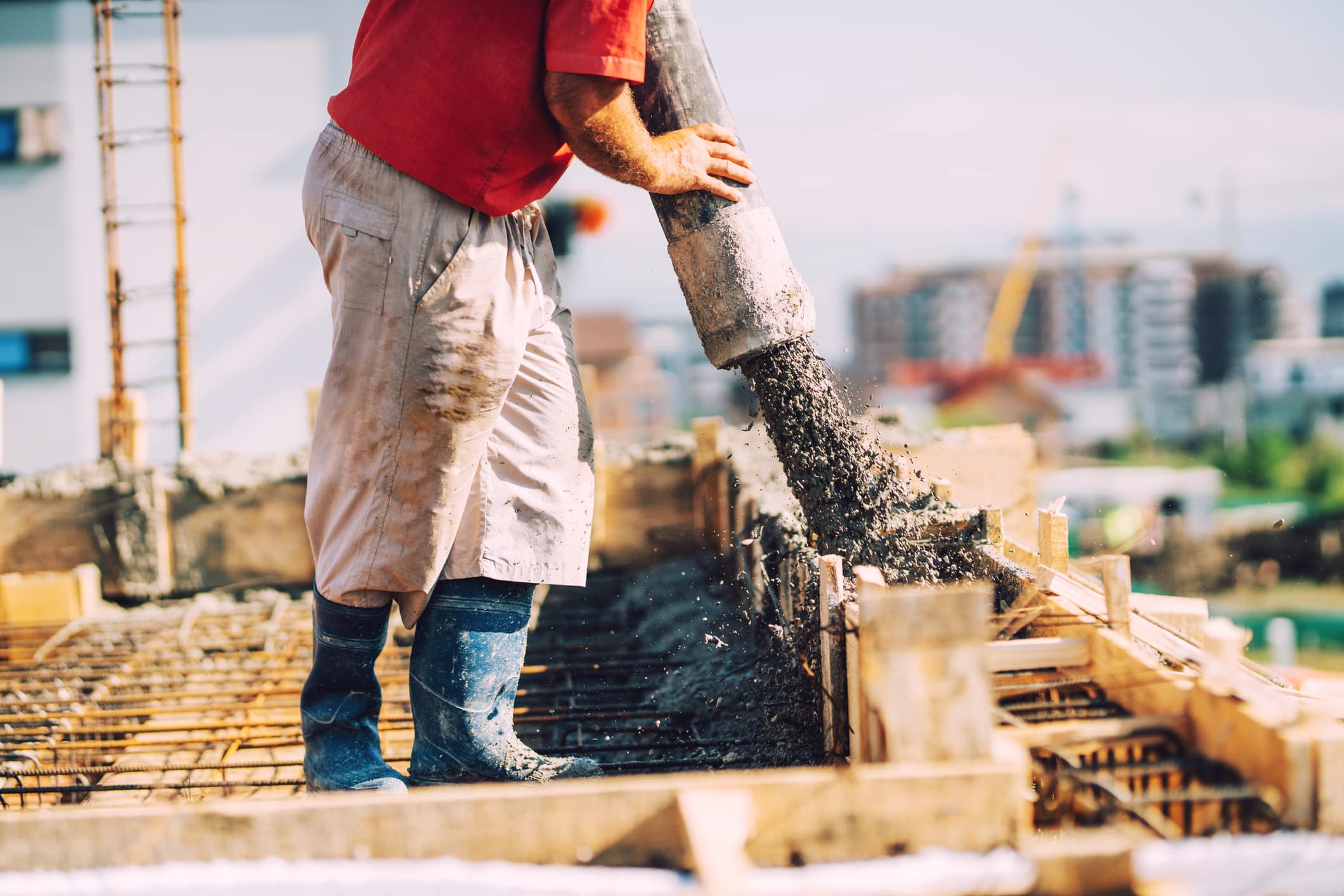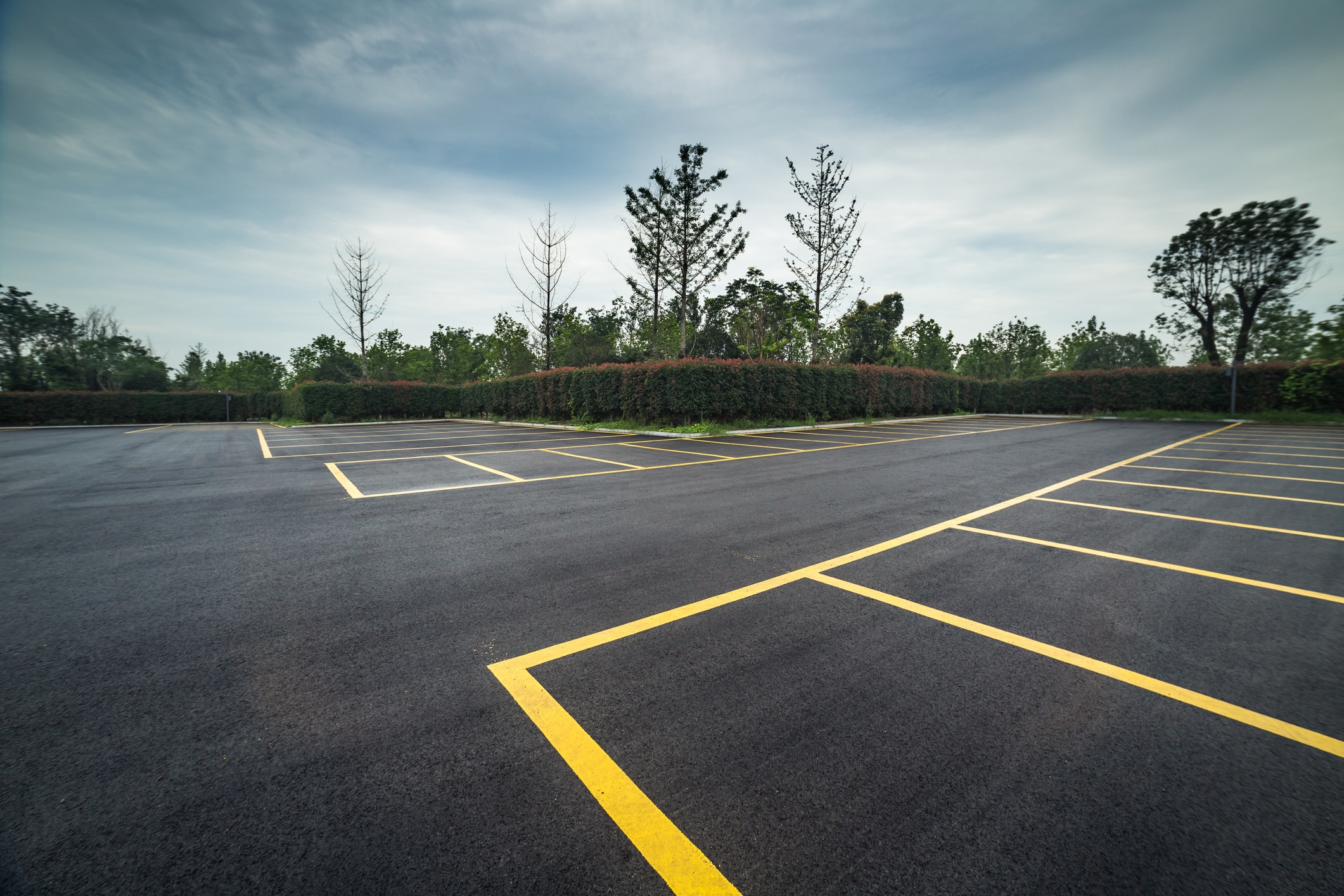Advancements in Sustainable Concrete Solutions Sustainable concrete solutions aren't only a trend but a pivotal…

Paving the Way: The Fundamentals of Sidewalk Design
Sidewalks are everyday fixtures that we tend to take for granted. The truth is, they are an essential part of the community – especially in urban areas.
Sidewalks offer a lot of benefits to pedestrians, motorists, and property owners. With properly installed sidewalks, pedestrians and cars will not have to share lanes. This means better traffic for passing vehicles and safer trips for the walking public.
Additionally, properly designed sidewalks – whether made from pavers, concrete, or asphalt – encourage physical activity like walking and jogging. Meaning, apart from a convenient trip, sidewalks also pave the way to health benefits.
For commercial property owners, on the other hand, sidewalks provide easy access to a business and help draw in potential clients.
Sidewalk Design: 3 Things to Consider
When designing a poured concrete sidewalk in Kansas City for your commercial property, here are the basics you should keep in mind to make your project successful:
1. Sidewalk Safety
Cracked sidewalks and uneven pavement can cause slip and fall incidents. Under Kansas law, property owners are liable for injuries caused by their cracked sidewalks, uneven steps, potholes, and broken concrete. If you are having a sidewalk constructed, make sure that the materials are durable and heavy-duty, and that the final product promotes public safety.
You can also make your sidewalk safer with adequate drainage. With this, you can reduce the possibility of moss growth which can make concrete slippery.
Also, because sidewalks are accessible by anyone at any time, it is smart to have security cameras and adequate lighting installed in the area. These can decrease the chances of illegal activities happening near your property.
2. Public Convenience
Investing in sidewalks means investing in public convenience. One way to make sure that your sidewalk is hassle-free is by adding shade to counteract the urban heat island effect. Urban heat islands are areas hotter than surrounding rural areas and can contribute to air pollution, heat-related illnesses, and poor water quality.
You should also adhere to the standard sidewalk width set by the Federal Highway Administration. The minimum width requirements for sidewalks is five feet if the sidewalk is set back from the curb or six if at the curb face. For areas near schools, parks, and shopping districts, the minimum width of a sidewalk is eight feet.
Easy accessibility also makes for added convenience. Sidewalks should have ramps or handrails for people with mobility issues. Trees, lampposts, and other objects should not compromise foot traffic.
3. Sidewalk Design
Sidewalks should be part of your streetscaping plan because they can help draw more customers to your business doors. Some things to factor in when designing a sidewalk are seating areas, waiting sheds, street trees, lamps, and even mailboxes. In addition to these elements, use only top-quality, slip-resistant materials from a reputable contractor.
There is no single standard for sidewalk attractiveness. However, a sidewalk can be aesthetically pleasing, apart from functionally sound, if all design elements work properly together for the benefit of the public.
City life is easier with well-designed and well-maintained sidewalks. Without these concrete platforms, pedestrians will be in a constant battle with dangerous vehicular traffic and surrounding properties will be less accessible.
If you are a property owner in Kansas City, we can help you construct a convenient, attractive sidewalk. Contact us today for your concrete sidewalk needs.




This Post Has 0 Comments